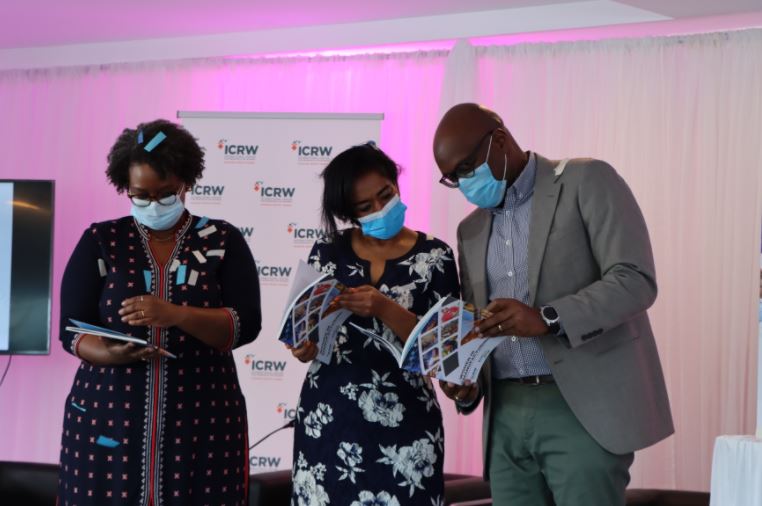
The representation of women in the manufacturing sector in Kenya is low. This finding was highlighted in the Women in Manufacturing Report, that was launched byKenya Association of Manufacturers (KAM). From the survey, companies in the manufacturing sector are predominantly male-owned and staffed across all its fourteen subsectors, except for the chemical and allied subsector, that accounts for 50 per cent female representation.
Three out of the 14 sectors have a female workforce of 40 per cent; these are agriculture and fresh produce, paper and board, and services and consultancy. In terms of leadership, female-led Multinational Corporations (MNCs) had 85 per cent of women in senior management, slightly higher than male-led MNCs, which stood at 83 per cent.







